Kerala, the picturesque state nestled on the southwestern coast of India, is renowned for its serene backwaters, lush green landscapes, and rich cultural heritage. One aspect of this vibrant culture that is often overlooked by tourists is the traditional martial arts of Kerala. With their dynamic movements, centuries-old techniques, and deep-rooted cultural significance, these martial arts forms are a captivating sight to behold. If you find yourself in Kerala, make sure to witness these awe-inspiring displays of strength, skill, and tradition.
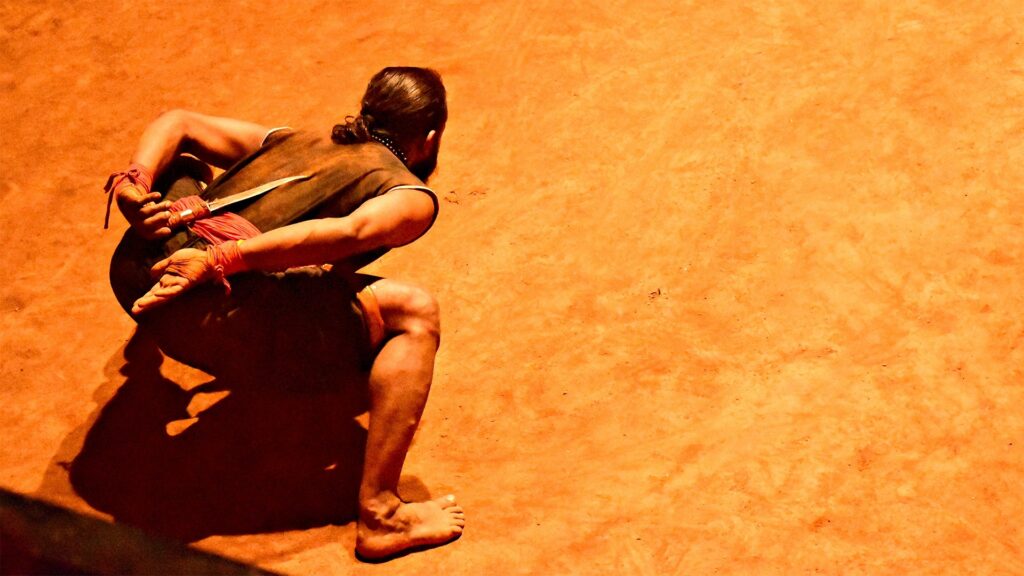
Kalaripayattu, the most famous of Kerala’s martial arts, holds the distinction of being one of the oldest fighting systems in existence. With origins tracing back over 2000 years, Kalaripayattu is not only a martial art but a way of life for many practitioners in Kerala. The word “Kalari” means battle arena, and “Payattu” means practice or combat. At the heart of Kalaripayattu lies the concept of balance, where physical and mental strength harmonize to achieve a state of equilibrium.
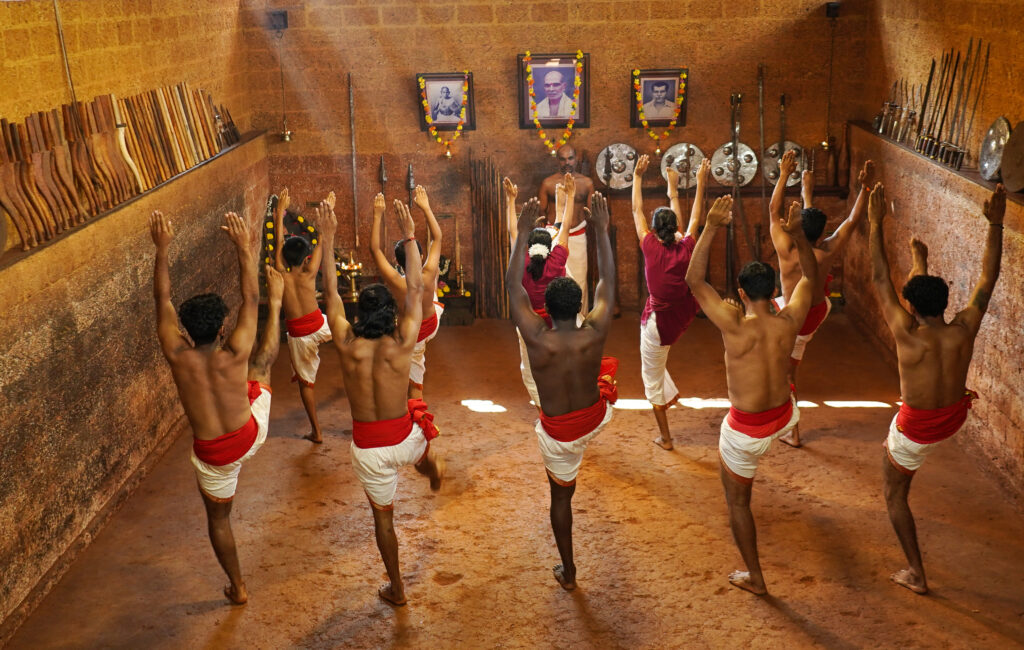
A visit to a Kalari, the training center for Kalaripayattu, is an opportunity to witness the rigorous training and breathtaking displays of this martial art. The practitioners, known as Kalari warriors, clad in traditional attire, showcase their agility, flexibility, and skill through a series of swift movements, acrobatics, and weapon-wielding techniques. The rhythmic beat of the chenda (a traditional drum) sets the pace as the warriors perform intricate sequences, evoking a sense of awe and admiration for their expertise.
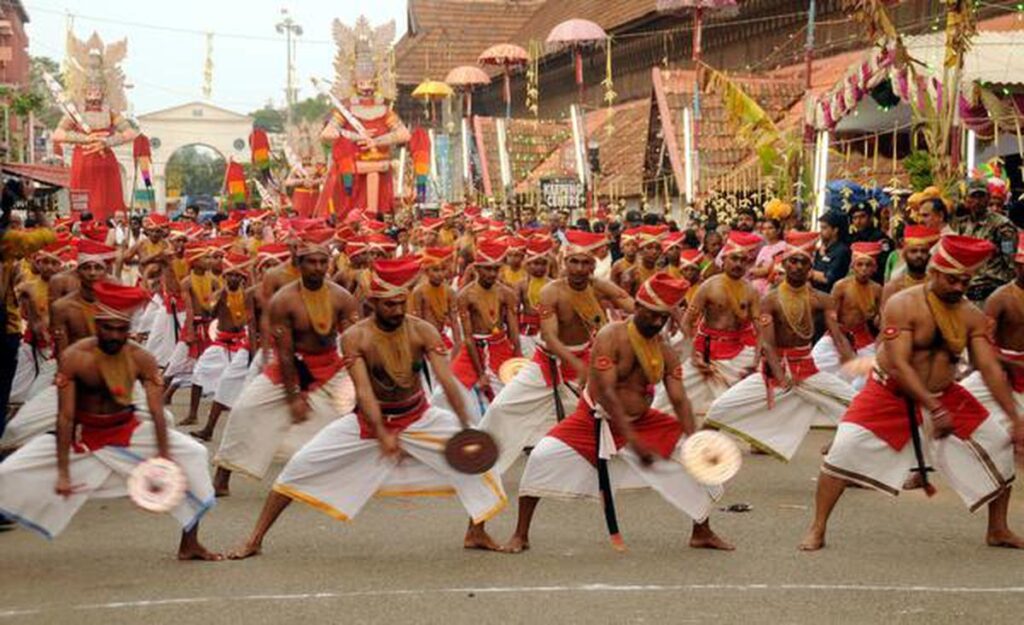
Apart from Kalaripayattu, Kerala is also home to a variety of other martial arts forms, each with its own distinctive techniques and cultural significance. One such form is Velakali, which is believed to have originated during the time of the legendary King Marthanda Varma. Velakali is a visual treat, with warriors decked in colorful attire, donning traditional headgear and shields, mimicking battle scenes from the epic Mahabharata. The synchronized movements, the sound of metal shields clashing, and the energy of the performers create an electrifying ambiance that leaves spectators spellbound.
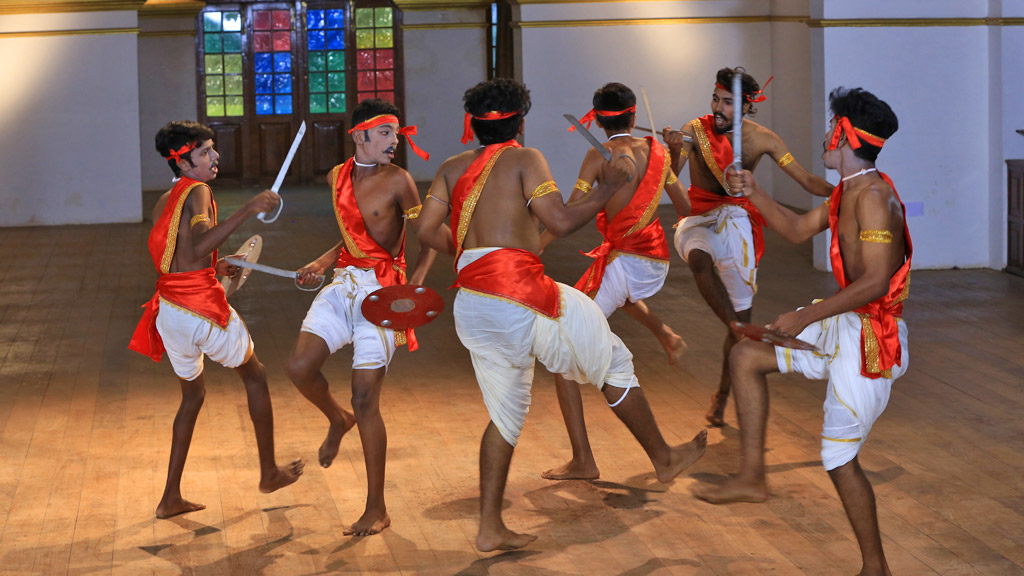
Another prominent martial arts form in Kerala is Parichamuttu, which translates to “sword dance.” As the name suggests, Parichamuttu showcases the artistry and dexterity of sword fighting. Performers, armed with swords and shields, exhibit a series of intricate moves, spins, and strikes, all while maintaining perfect balance and control. The grace and precision of the performers are a testament to their years of dedicated practice and unwavering discipline.
More: Wanted to download Odishashop, visit here
Kerala is also known for its unique martial arts form called Kalarichikitsa, which combines elements of Kalaripayattu with traditional Ayurvedic medicine. Kalarichikitsa emphasizes the healing aspects of martial arts, utilizing therapeutic exercises, massages, and herbal treatments to heal both physical and mental ailments. This ancient form of therapy is believed to strengthen the body, promote overall well-being, and alleviate stress and pain.
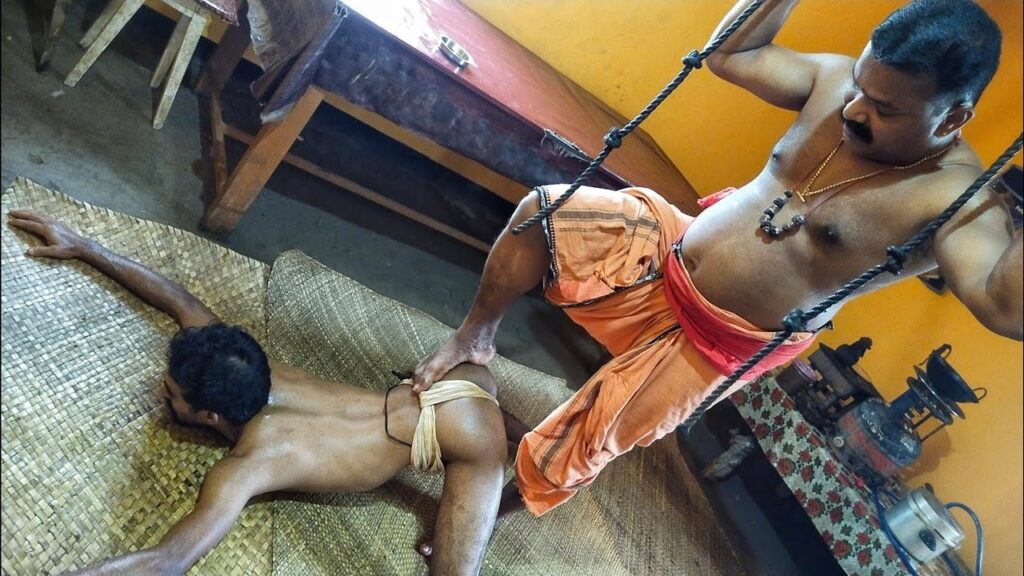
Apart from the physical aspect, Kerala’s martial arts are deeply intertwined with spirituality and cultural traditions. Each performance begins with a ritualistic worship of the weapons and the deities associated with the specific art form. The practitioners invoke the blessings of the gods, seeking their protection and guidance before engaging in combat. The martial arts of Kerala are not just about battles and brute force but are also a means of connecting with one’s inner self and finding spiritual balance.
To truly appreciate the martial arts of Kerala, it is essential to understand their historical and cultural context. Every move, every technique has a purpose, carrying with it the ancient wisdom and nuances passed down through generations. Kerala’s martial arts are a living testament to the state’s vibrant heritage and age-old traditions, which have withstood the test of time.
More: Wanted to download Odisha Magazines, visit here
For visitors to Kerala, witnessing these traditional martial arts is an immersive experience. Various cultural centers, resorts, and performance venues regularly host demonstrations and workshops, allowing tourists to get a glimpse into this captivating world. Some practitioners also offer training sessions, giving enthusiasts the opportunity to learn the basics and explore the intricacies of these martial arts forms.
In conclusion, witnessing the traditional martial arts of Kerala is an unforgettable experience that offers a glimpse into the rich cultural tapestry of the state. From the dynamic movements of Kalaripayattu to the vibrant performances of Velakali, these martial arts forms serve as a bridge between the past and the present. The artistry, discipline, and cultural significance associated with these martial arts are a testament to the indomitable spirit and deep-rooted traditions of Kerala. So, whether you are a martial arts enthusiast, a history buff, or simply someone looking for a unique cultural experience, make sure to witness the traditional martial arts of Kerala – an unforgettable journey through centuries of tradition and heritage.
What are the traditional martial arts of Kerala?
The traditional martial arts of Kerala are Kalaripayattu and Theyyam.
What is Kalaripayattu?
Kalaripayattu is a ancient martial art form that originated in the state of Kerala in South India. It is one of the oldest fighting systems in existence and is considered to be the foundation of all martial arts. It encompasses strikes, kicks, grappling, weaponry, and healing techniques.
Where can one witness these traditional martial arts in Kerala?
Kalaripayattu and Theyyam performances can be witnessed in various districts of Kerala, including Kannur, Kasaragod, Thiruvananthapuram, Thrissur, and Kozhikode. There are dedicated venues and cultural centers where these art forms are practiced and showcased regularly.
Are there any specific timings or seasons to witness these martial arts in Kerala?
Kalaripayattu is practiced and performed throughout the year, but it is always better to check with local cultural centers or tour operators for specific timings and schedules. Theyyam performances are mainly held during the Theyyam season, which usually spans from late October to May.
Are there any entrance fees to witness these martial arts?
Some cultural centers or dedicated venues may charge a nominal entrance fee to witness Kalaripayattu demonstrations or training sessions. Theyyam performances, on the other hand, are usually open to the public, and there are generally no entry fees. However, it is customary to offer donations to the performers at the conclusion of the event
Is prior booking required to witness these martial arts?
Prior booking may not be required for witnessing Kalaripayattu demonstrations or Theyyam performances, especially if they are conducted in public spaces or during festival seasons. However, for certain dedicated venues or training sessions, it is advisable to check availability and book in advance to ensure a spot.

